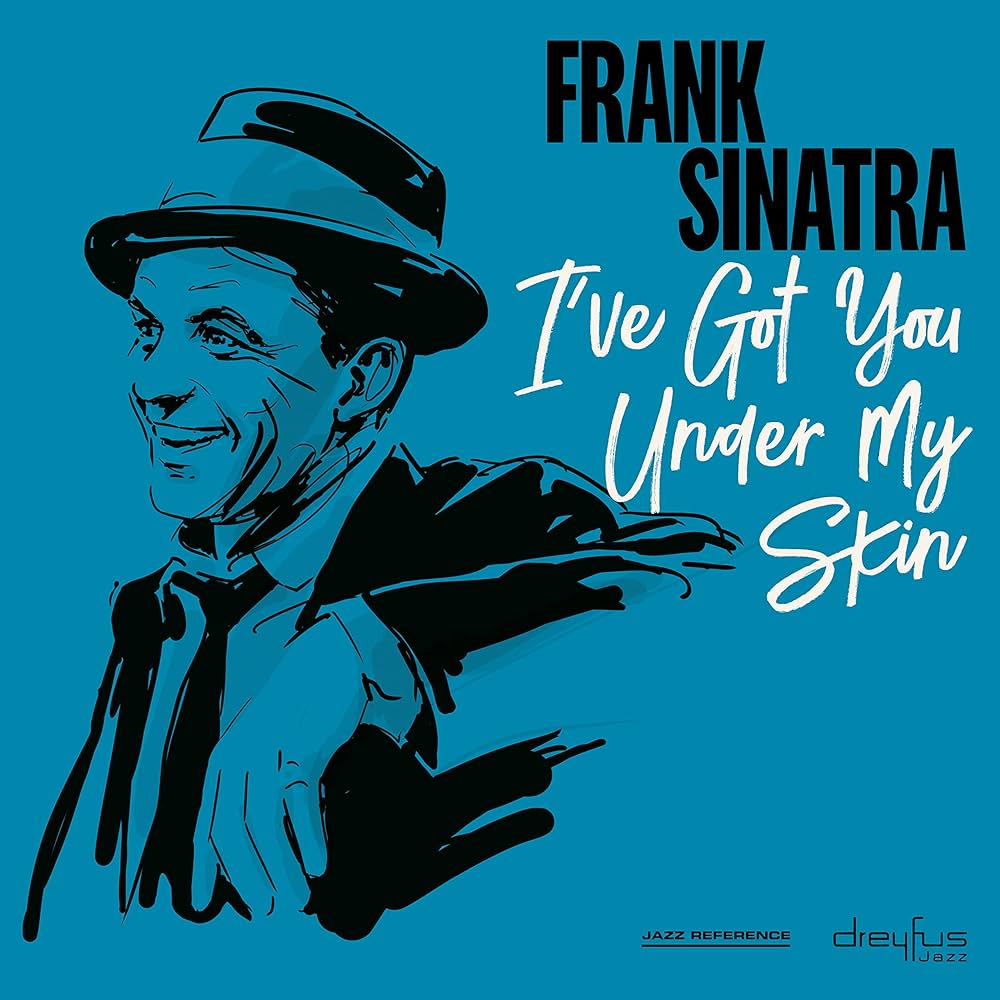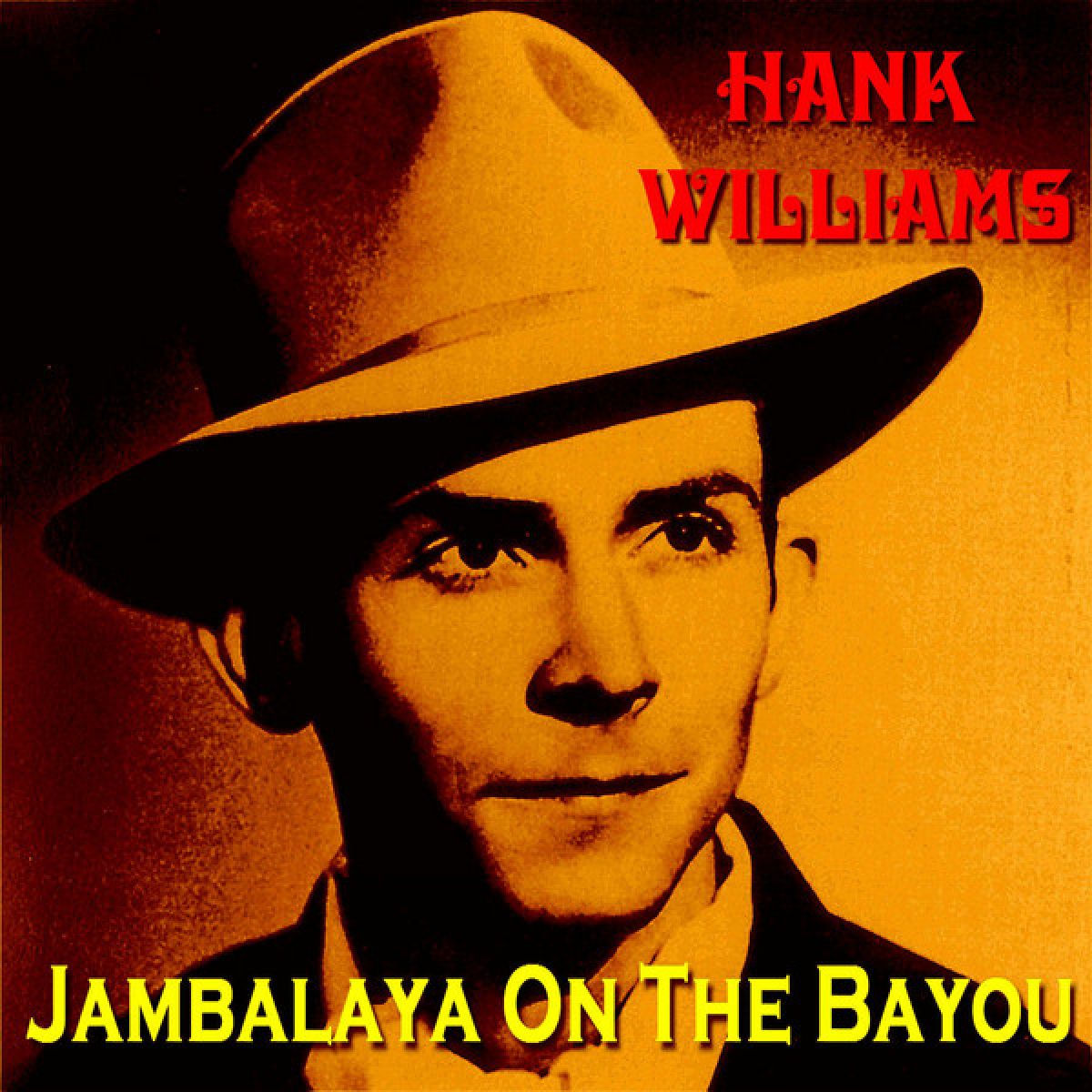 When “Good Golly Miss Molly” burst through radio speakers in 1958, it was more than just another high-energy rock ’n’ roll tune. It was an electrifying declaration of rhythm, rebellion, and uncontainable joy. The man behind it—Little Richard, born Richard Wayne Penniman—was no ordinary singer. He was a one-man musical earthquake, and “Good Golly Miss Molly” was one of his loudest tremors. This explosive track crystallized a moment in music history when rock ’n’ roll was still finding its identity, and Little Richard, with his flamboyant energy and uninhibited vocals, helped shape its direction forever.
When “Good Golly Miss Molly” burst through radio speakers in 1958, it was more than just another high-energy rock ’n’ roll tune. It was an electrifying declaration of rhythm, rebellion, and uncontainable joy. The man behind it—Little Richard, born Richard Wayne Penniman—was no ordinary singer. He was a one-man musical earthquake, and “Good Golly Miss Molly” was one of his loudest tremors. This explosive track crystallized a moment in music history when rock ’n’ roll was still finding its identity, and Little Richard, with his flamboyant energy and uninhibited vocals, helped shape its direction forever.
The song itself is a marvel of compact fury. Clocking in at just over two minutes, “Good Golly Miss Molly” wastes no time with nuance or pretense. It opens with a thunderous piano glissando—an instantly recognizable flourish—that hurtles into a breathless vocal that feels less sung than shouted from the rooftops. “Good Golly Miss Molly / You sure like to ball,” Little Richard proclaims with a mix of awe, excitement, and mischief. It was provocative, rebellious, and steeped in double entendres—perfect for teenagers eager to rebel against the buttoned-up morals of the Eisenhower era.
But Little Richard didn’t just sing the blues or croon sweet ballads. He wailed. He screamed. He hollered with a force that felt divine. There’s a preacher’s fire in “Good Golly Miss Molly,” an intensity rooted in Richard’s upbringing in a deeply religious Georgia household. Though he often struggled to reconcile his sexuality and flamboyant performance style with his gospel roots, his music was always infused with the impassioned cadence of the Black church. That’s what makes “Good Golly Miss Molly” feel like a sermon of rock ’n’ roll—a blast of liberation delivered with soul-quaking urgency.
Though credited to John Marascalco and producer Robert “Bumps” Blackwell, the true soul of “Good Golly Miss Molly” is unmistakably Little Richard’s. His roaring piano riffs and wild-eyed vocal delivery turned the song into an anthem. It wasn’t just a hit; it was a rallying cry. And it wasn’t new ground for him. By the time this single was released, he had already scorched the charts with classics like “Tutti Frutti,” “Long Tall Sally,” and “Lucille.” But “Good Golly Miss Molly” marked an apex—a culmination of the energy he had been bottling and unleashing since his first record.
Little Richard’s recording of the song for Specialty Records became one of his signature tracks, reaching number 10 on the Billboard pop chart and number 4 on the R&B chart. While many white artists were climbing the pop charts by covering or co-opting the work of Black musicians, Little Richard’s success was unique because he did it with unabashed authenticity. He didn’t water down his act for mass consumption. If anything, he doubled down on the volume, the flamboyance, and the outrageousness, daring the world to either get on board or get out of the way.
“Good Golly Miss Molly” was recorded during a time of deep racial segregation in America, and Little Richard’s success was a radical act. His music crossed color lines and sparked moral panic in conservative circles. White teenagers couldn’t get enough of the manic energy, the taboo-laced lyrics, and the frenetic rhythms. Parents and preachers were appalled. But that only made the music more irresistible. It was dangerous in the way rock ’n’ roll was always meant to be.
The track’s musical DNA is worth examining. That now-iconic piano intro didn’t emerge from a vacuum. It had its roots in gospel and boogie-woogie, a genre pioneered by Black pianists like Meade Lux Lewis and Albert Ammons. But Little Richard put his own spin on it—faster, wilder, more unhinged. His pounding style would become the bedrock for rock pianists like Jerry Lee Lewis, Elton John, and Billy Joel. Meanwhile, his vocal phrasing—half-sung, half-shouted—was a blueprint for future screamers from James Brown to Paul McCartney.
Speaking of McCartney, the Beatles were deeply inspired by “Good Golly Miss Molly” and other Little Richard songs. McCartney in particular idolized Richard’s vocal style and emulated it in early Beatles recordings. It’s no stretch to say that without Little Richard, the Beatles—and the British Invasion more broadly—would have sounded very different. The song’s influence didn’t stop there. It filtered into garage rock, punk, glam, and even heavy metal. There’s a direct line from “Good Golly Miss Molly” to the swagger of Mick Jagger, the flash of Prince, and the howling anthems of AC/DC.
The lyrics, while seemingly simple and repetitive, pack a punch. “When you’re rockin’ and a rollin’ / Can’t hear your momma call” isn’t just a throwaway line. It’s a rebellious cry against domesticity and control. Rock ’n’ roll was the music of a generation refusing to be tethered to their parents’ rules. Miss Molly, whoever she may be, becomes a symbol of unrestrained passion, of choosing the night over responsibility, of choosing the music over silence.
The persona of Miss Molly herself is steeped in 1950s slang and innuendo. “Ballin’” wasn’t just about dancing; it had sexual connotations that radio censors and concerned parents caught onto quickly. But that’s part of what gave the song its power—it was covert enough to slip onto airwaves, but suggestive enough to light fires in teenage imaginations. Little Richard was a master at walking that tightrope.
Over time, “Good Golly Miss Molly” was covered by dozens of artists—from Creedence Clearwater Revival to Mitch Ryder to Bruce Springsteen. But none have ever matched the sheer ferocity of the original. That’s because Little Richard wasn’t just singing a song. He was the song. His version brims with such wild-eyed urgency that it seems to teeter on the edge of collapse—like the whole thing might fall apart under the weight of its own passion. But it never does. It stays airborne, fueled by adrenaline and sweat and an unmistakable sense of danger.
The cultural legacy of “Good Golly Miss Molly” is massive. It’s been featured in movies, TV shows, commercials, and video games. It became one of the definitive rock ’n’ roll anthems of the 20th century. Yet Little Richard’s role in shaping modern music is often undervalued. Despite being a Black queer man in an era that rejected both identities, he bulldozed his way into the mainstream through sheer force of talent and charisma. “Good Golly Miss Molly” stands as a monument to that defiance.
Even after Little Richard temporarily walked away from rock in 1957 to pursue religion—renouncing secular music and enrolling in a Bible college—the shadow of his early work loomed large. When he returned to performing in the 1960s, “Good Golly Miss Molly” was still a staple of his live shows, and audiences greeted it like a sacred ritual. It’s not just a song; it’s a primal scream that encapsulates what rock ’n’ roll is really about: freedom, chaos, and the uncontainable joy of sound itself.
In 1986, Little Richard was among the first group of musicians inducted into the Rock and Roll Hall of Fame, and rightly so. Without him, the genre would not be what it is today. “Good Golly Miss Molly” played a major role in that. It helped define the template for what a rock song should sound like—raw, rhythmic, rebellious. It opened the door for all the guitar heroes, wild frontmen, and leather-clad icons who followed.
The impact of “Good Golly Miss Molly” isn’t confined to history books. Its spirit lives on in every teenager who picks up a guitar and dreams of escaping small-town boredom. It pulses through the veins of every basement band that’s ever played too loud, every jukebox that’s ever rattled with bass, every dance floor that’s ever quaked under a surge of wild energy. More than six decades after it was released, the song still feels dangerous, still feels alive.
Little Richard passed away in 2020, but “Good Golly Miss Molly” remains one of his most enduring gifts to the world. It’s not just a rock ’n’ roll song. It’s a lightning bolt. A riot. A revival. It’s the sound of a man setting fire to every limitation the world tried to place on him, and dancing in the flames.


